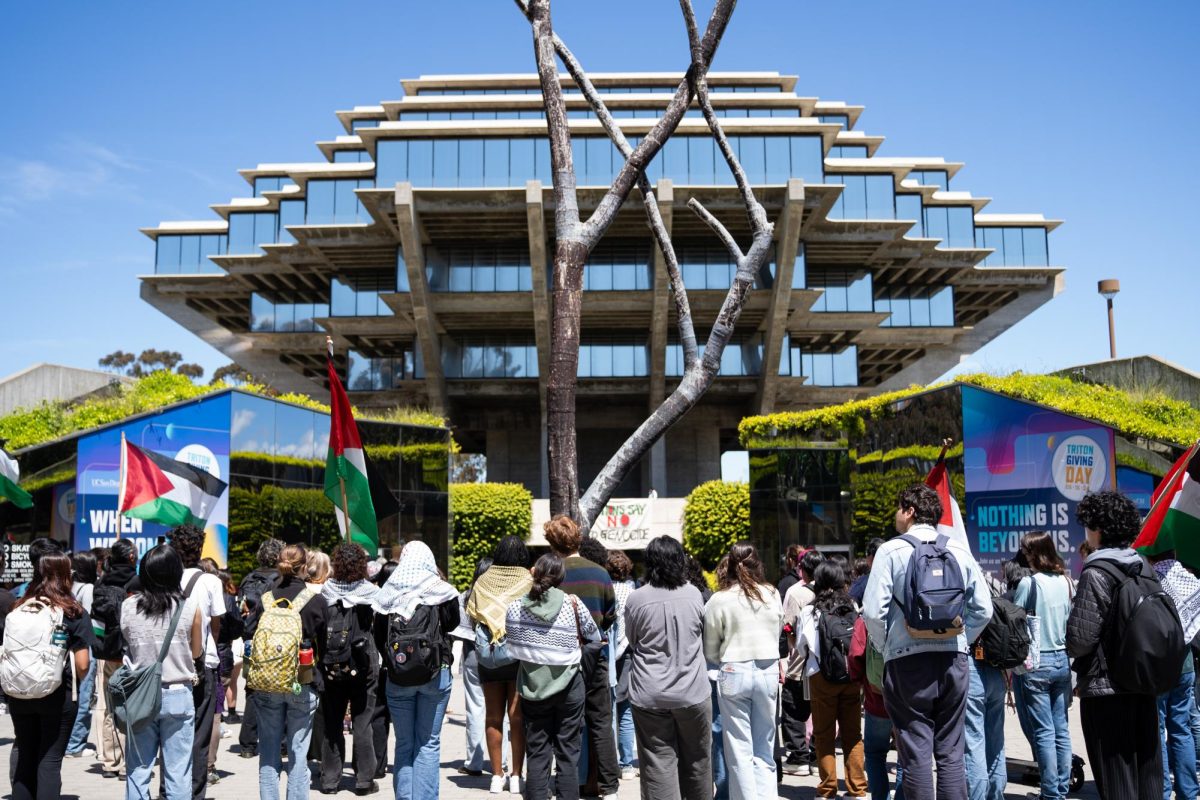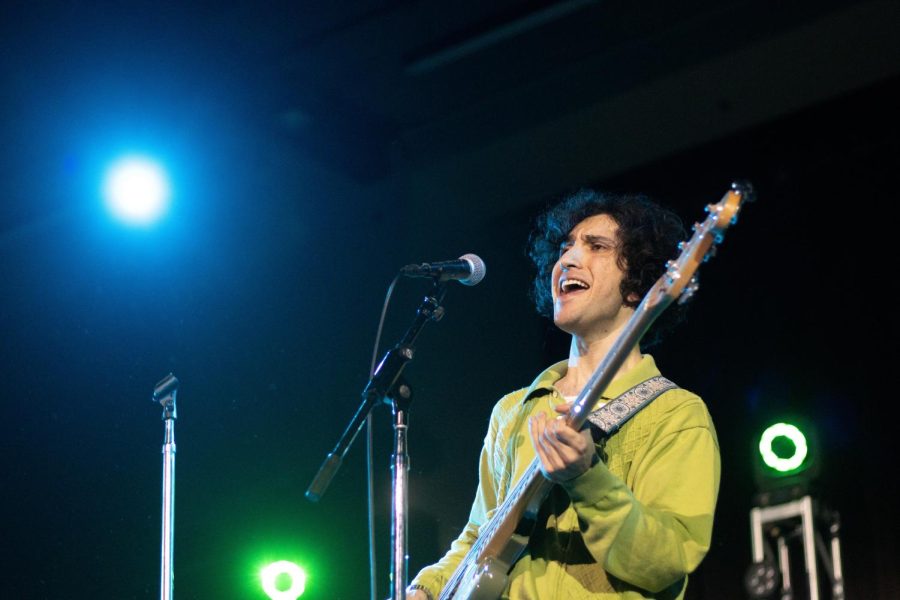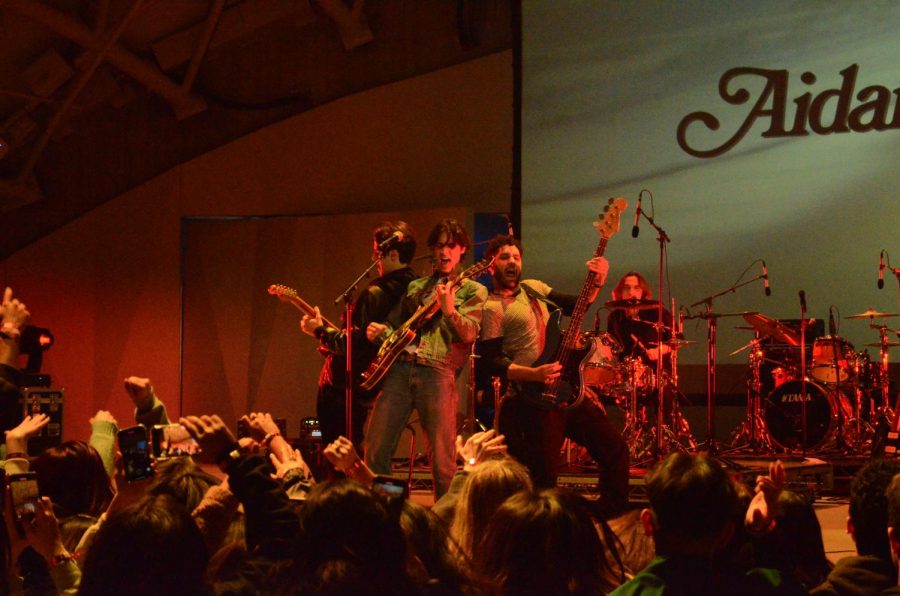The Internal Revenue Service has abandoned a proposal that universities predicted would have imposed millions of dollars in new taxes on college students working on campus.
In particular, educators said the proposed changes could have subjected graduate students, teaching assistants and residential advisors to extra payroll taxes and made it more costly for universities — many already facing slashed funding from states — to hire them.
However, the agency enacted new rules that more strictly define the nature of part-time jobs qualifying for reduced student tax rates.
“They made some improvements to the earlier regulations, but I think we still have to wait to see how the IRS will apply these regulations before we can render a judgment on them,” said Bertrand M. Harding Jr., a lawyer in Alexandria, Va., and an expert on tax issues affecting colleges.
The final tax code changes, approved by the IRS and its parent Treasury Department, adjust provisions that had traditionally exempted college students employed by universities from paying Social Security and Medicare taxes. Known as payroll taxes, half of the approximately 15-percent levy is paid for by employees and the other half by companies that hire them.
Court rulings prompted changes
Historically, the IRS has ruled that medical students could not qualify for the tax break, designed by Congress for students who work part-time while at school.
In two recent opinions, however, the Minnesota-based federal Eighth Circuit of Appeals sided with medical schools and teaching hospitals, ruling that medical residents could qualify for the special student exemption. Deciding to drop the appeals in the cases, the Treasury Department and revenue service chose to instead rewrite the tax code last February.
The changes drew criticism from universities, which argued that four new provisions proposed by the government were too broad. In addition to students working more than 40 hours a week, the IRS proposed taking away the tax exemptions from students in jobs requiring a special license and “the consistent exercise of discretion and judgment” and those doing work “that is predominantly intellectual and varied in character.”
If interpreted strictly, Harding warned that the rules could have been used to apply to almost any student.
“The IRS kind of went overboard in revising the regulations,” said Michael O’Neill, manager of tax and payroll services for the UC Office of the President.
In particular, universities worried that the provisions could exclude graduate students and residential advisors, who often receive other benefits in addition to pay — an automatic disqualification under the proposed rules. Such a change would have meant that employing these students would cost schools nearly 8 percent more, since the universities, as employers, would have been required to pay half of the new taxes.
“[The rules] caught a lot of graduate students and made it so they could not take advantage of the exemption,” said Ivy S. Baer, director of health care affairs and a regulatory counsel with the American Association of Medical Colleges.
Representing UCSD School of Medicine and four other UC medical schools among its members, the group has long lobbied to expand the student tax benefits to medical residents.
At a June hearing, colleges also expressed worry that the strict new provisions would include student shuttle drivers, who must have special driver’s licenses, and other student employees who previously qualified for the lower student taxes.
Revisions protect most students
In response to concerns, the IRS revised many of the rules in final tax code changes released in late December.
Praised by the National Association of College and University Business Officers, the updated regulations promise to use the nature of the work and need for special licensing only as “relevant factors,” and not as criteria for automatic disqualification.
“The changes that the IRS made seem to be very favorable to higher education,” O’Neill said. “I don’t think there will be any impact on graduate student employees or undergraduate employees.”
Under the new rules that take effect in April, the UC will not start assessing new taxes on students, according to O’Neill.
“We won’t really have to change much of what we’re doing,” he said. “I don’t see any student now having to pay taxes that they haven’t before.”
However, because the IRS will still be the final arbiter of how the “relevant factors” are considered, the agency may opt for a strict interpretation that may still force additional students to begin paying new payroll taxes, Harding cautioned.
“I’m not terribly thrilled with the final regulations, to tell you the truth,” he said. “I think it still leaves open the question of whether graduate students will be subject to these taxes.”
The IRS has not estimated whether the updated tax code will result in additional tax revenue and increased collection, according to Raphael Tulino, the agency’s Southern California spokesman.
Medical students to face taxes
Though the government relaxed some of the rules in the original proposal, the final regulations included the firm 40-hour-per-week limit for students who wish to qualify for the exemption.
The cap will effectively exclude medical students, who often work as many as 80 hours each week.
“We all know medical students work long hours,” Baer said, suggesting that the ceiling was specifically targeted at them.
The changes will not affect students at UC medical schools, according to O’Neill, because the university has always treated them as professional employees and made the necessary deductions from their paychecks.
Medical schools, though, will likely challenge the new regulations in court, charging that they are attempts by the tax agency to nullify medical students’ previous court victories, Baer said.
“I think you can make a legitimate argument that a federal court’s decision trumps an agency’s decision-making,” she said.
As required by federal law, the IRS first published the proposed rules in February, soliciting written and in-person comments. The finalized changes, approved in December, took into account some conerns raised during the public-input period.







